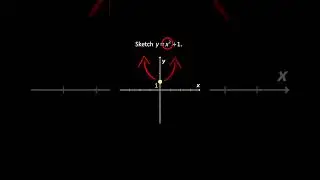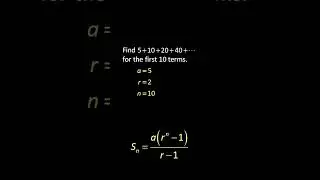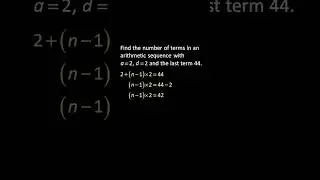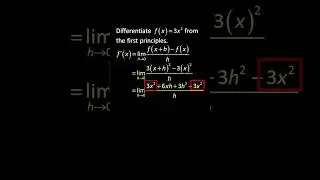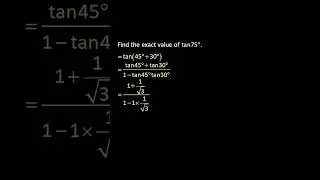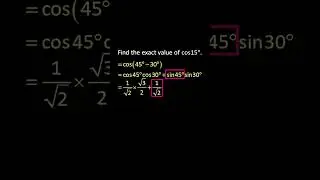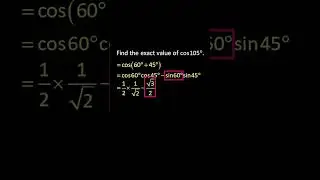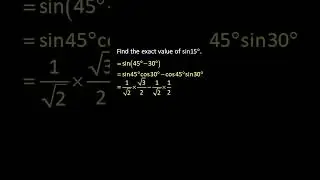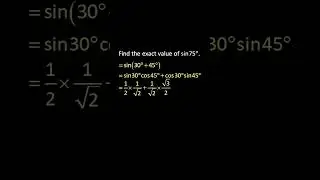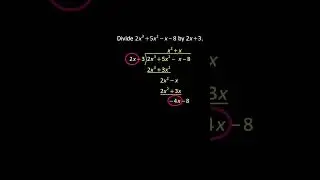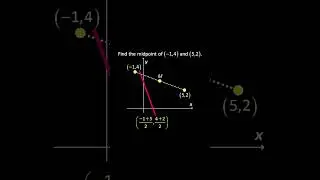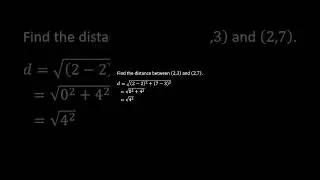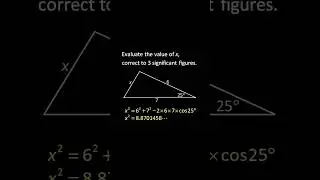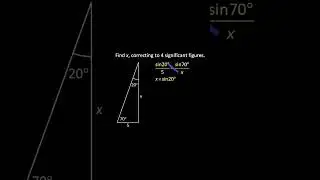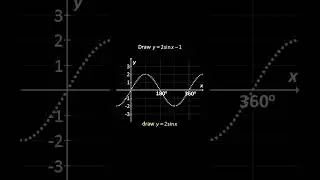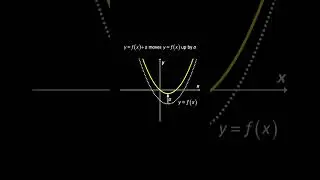💯 √ The Independent and Dependent Variables of Biology Explained in Detail
📌 Receive Comprehensive Mathematics Practice Papers Weekly for FREE
Click this link to get: ▶️▶️▶️ https://iitutor.com/email-list/ ◀️◀️◀️
In experiments, variables must be controlled. This means that you must be consistent with your method and materials. If you have chosen to compare the growth of seeds in darkness and natural light, all seeds must be the same size, age, and species. The experiment would be invalid if the seeds were from different plant species for example. The variables that are controlled are called the ‘controlled variables’. So these variables of plant species, plant size soil type and age are all controlled variables.
Because plant size and height can be difficult to control, using seeds may be a better option. So what are independent and dependent variables? The independent variable is the variable that YOU can CHANGE. An example of this would be the amount of light, for the plant experiment in ‘dark’ and ‘natural light’. You may have a group of seeds in the dark and a group of seeds in natural light on a window sill. The amount of light is the independent variable as you have changed it.
There should only be one independent variable in your experiment. There may be many controlled variables in your experiment. For this experiment, you should also control the position of the seeds. You would not put the seeds of natural light outside – as it would change the environmental conditions. You would put the seeds on the window sill in the same room as the other seeds.
You should consider all factors when designing experiments and controlling variables. The dependent variable/s are the observed variables from the experiment. Often there will only be one dependent variable – however, in this experiment there are multiple. What do you think the observable variables would be for this experiment? Some observable variables include: Plant height, Colour of the stem, Colour of leaves, Size of leaves, Number of leaves, Thickness of stem, Overall look of the plant (does it appear healthy?) What do you think the results of this experiment would be?
Do you think the seeds in the dark would grow? What colour do you think the plant in light and dark will be? Which plant do you think will be the tallest? Your seedlings in the dark may grow taller, and the leaves and stem appear yellow in colour. In nature, often plants in a forest will have limited light due to the mature trees around them. So the seedling will put all of its energy into becoming taller to reach some sunlight before it can mature and develop.
This leads to a tall and dwindling plant. Your seedlings in the natural light may be shorter and green in colour. Their stem and leaves may appear thicker. This demonstrates a healthy plant. Dependent variables – seeds in natural light: This is because there is a full spectrum of light from the sun, with a break during the night period from photosynthesising. Observations may include The colour of the leaves, The size of the leaves (measured),
The length and thickness of the stem, The number of leaves on the plant, The overall appearance of the plant. Variables and graphs: For this experiment, you may graph the height of plants over time. The independent variable measurement ALWAYS will be placed on the bottom (or x) axis. Common independent variables may be: Time
(minutes, days, years), and Age (in months, years). The dependent variable measurement ALWAYS will be placed on the side
(or y) axis. Dependent variables may be Rainfall, Height, Mortality rates, Heart rate, Breathing rate and Temperature (etc). Your graph should be spread out, so when deciding scales, you must try and stretch your graph to use all the space available. If plant height maximum is 16 cm, try and use 1-2 cm per unit to spread the graph out. Summary: Variables always need to be controlled in experiments.
Controlled variables must be consistent for the experiment to obtain accurate and valid results. The independent variable is the variable YOU change. The dependent variable is the variable that changes because of the independent variable. This is the variable you measure. The independent variable is always illustrated on the bottom axis (x-axis) of a graph and the dependent variable is always illustrated on the side axis (y-axis). Experiments must always be repeated to obtain reliable results.




![mafia??? [gta in desc]](https://images.mixrolikus.cc/video/-YRyqGv_Bfs)



